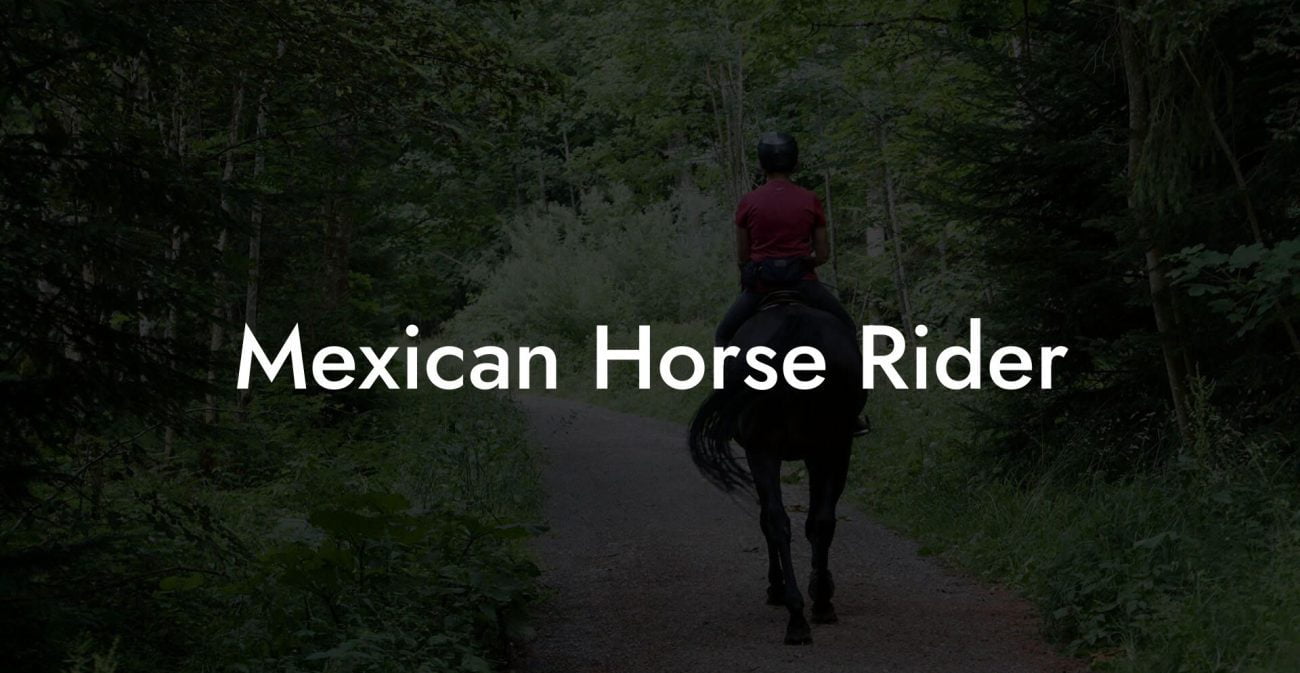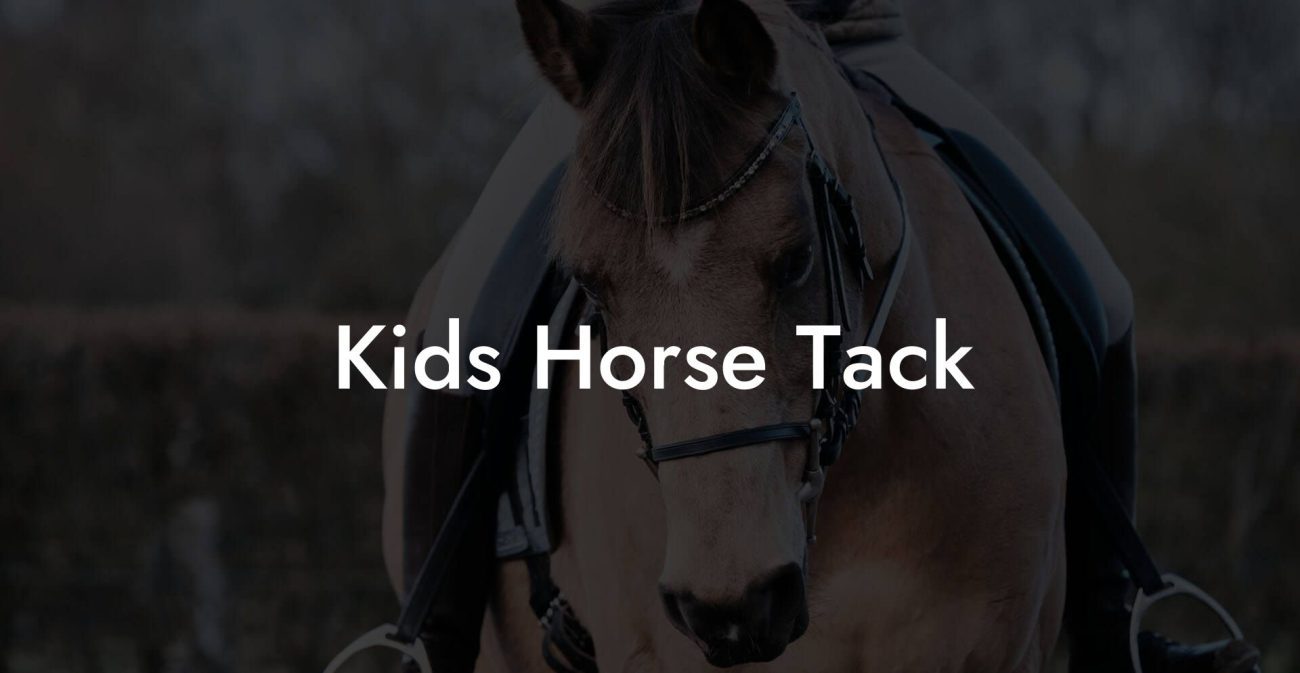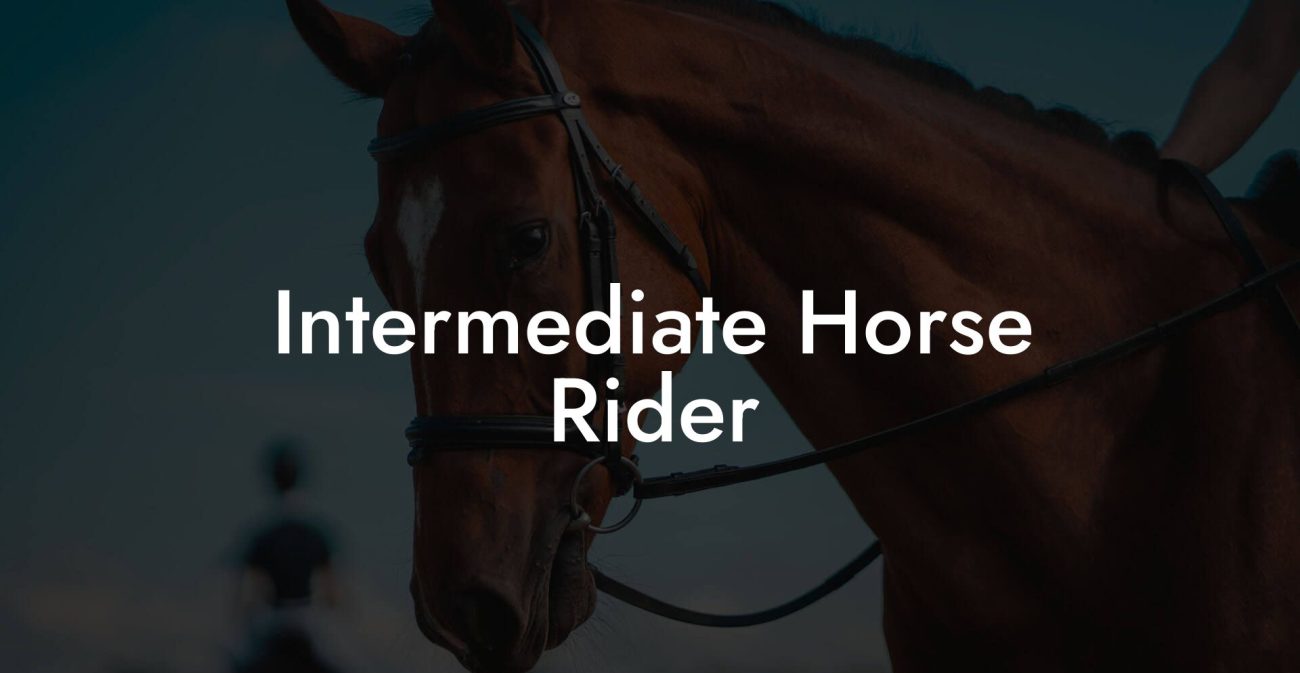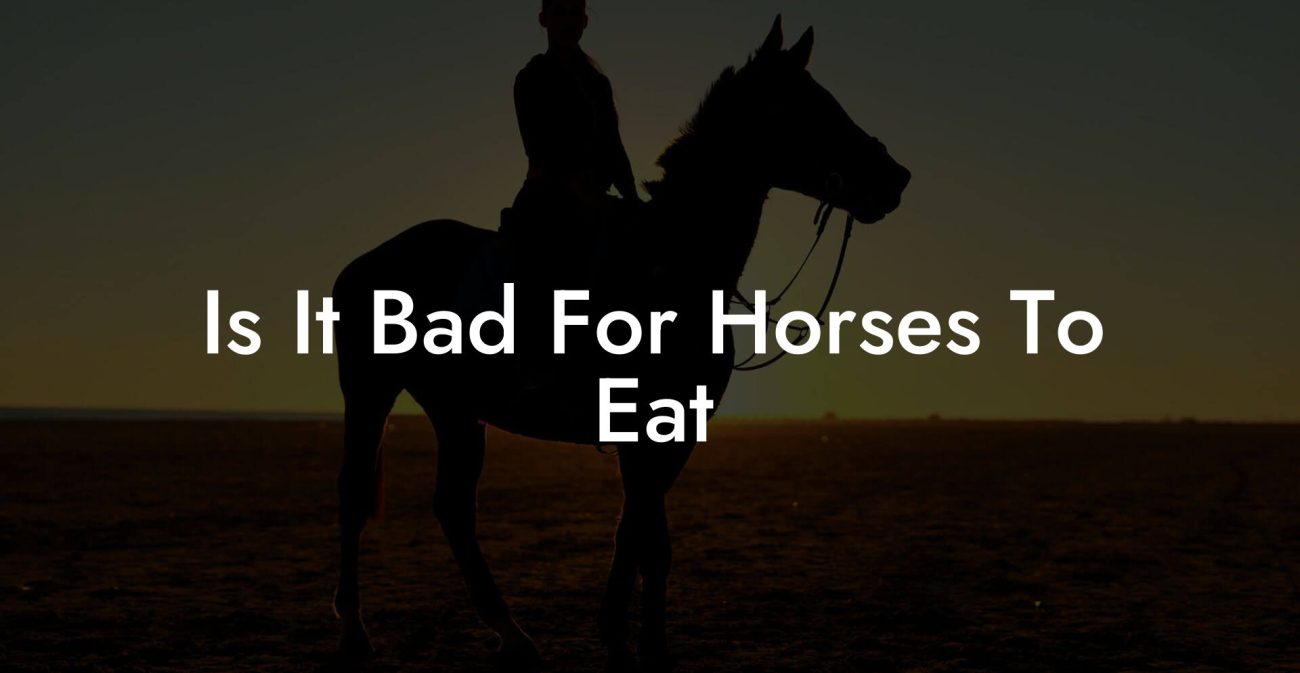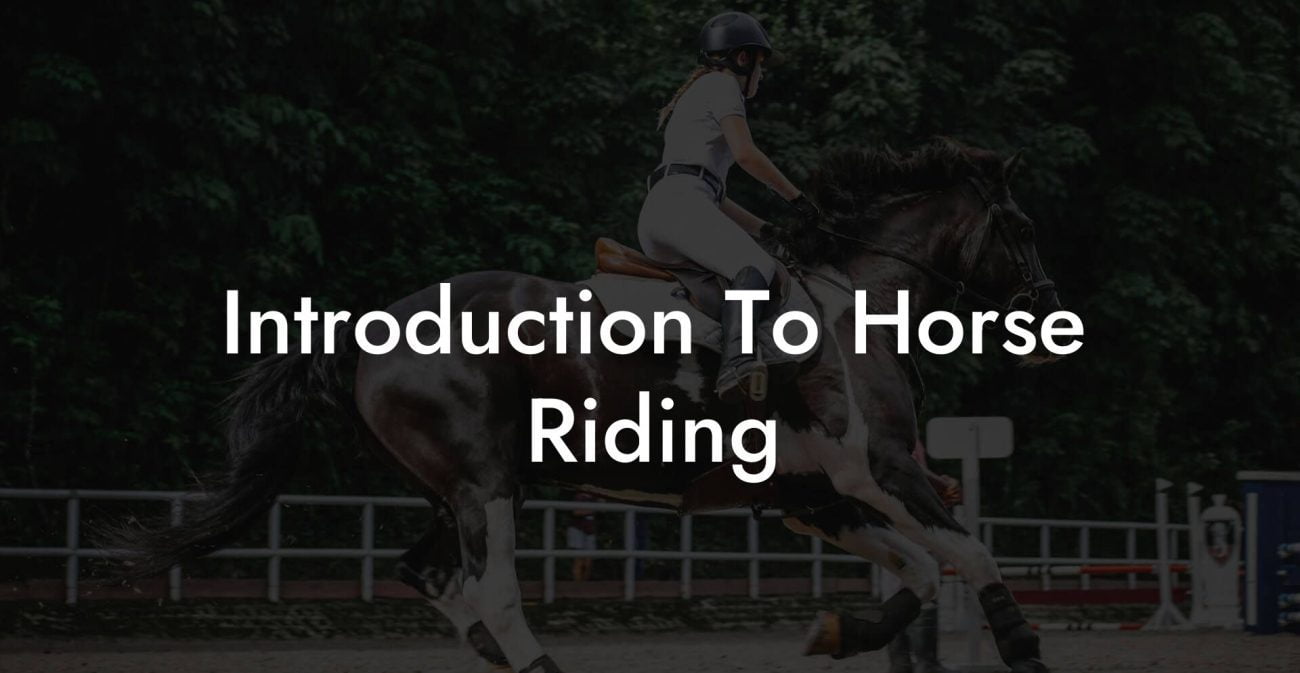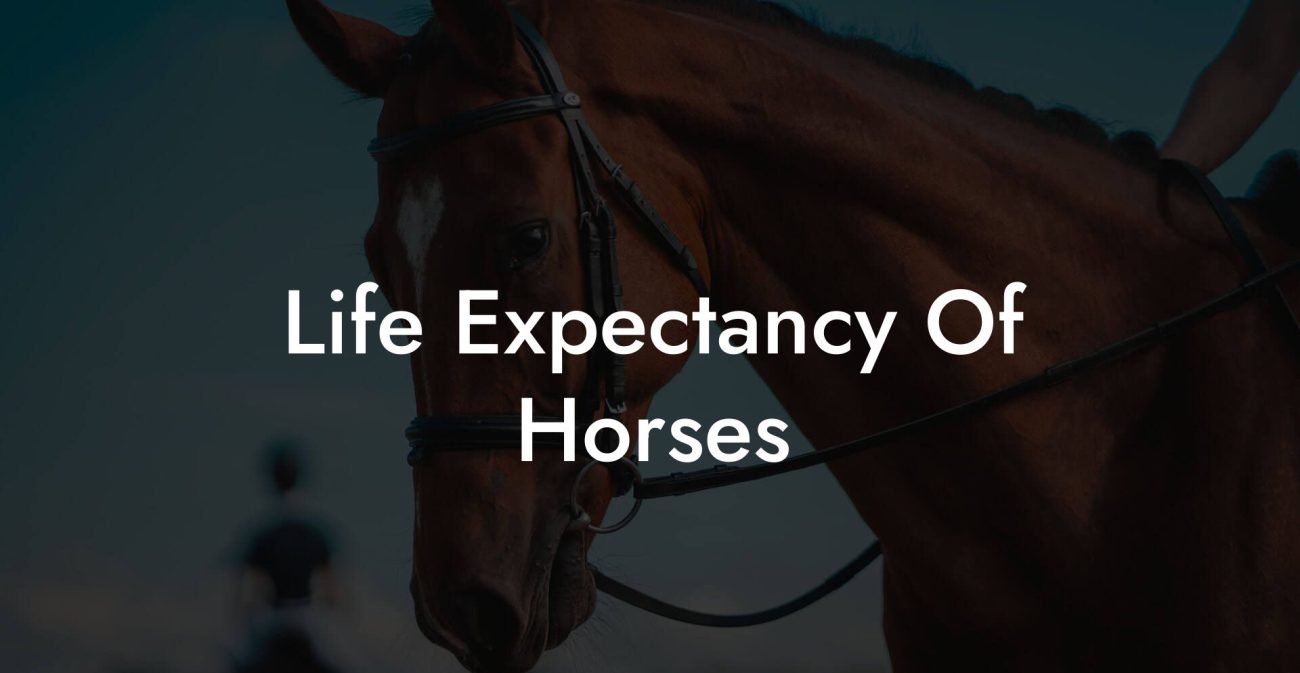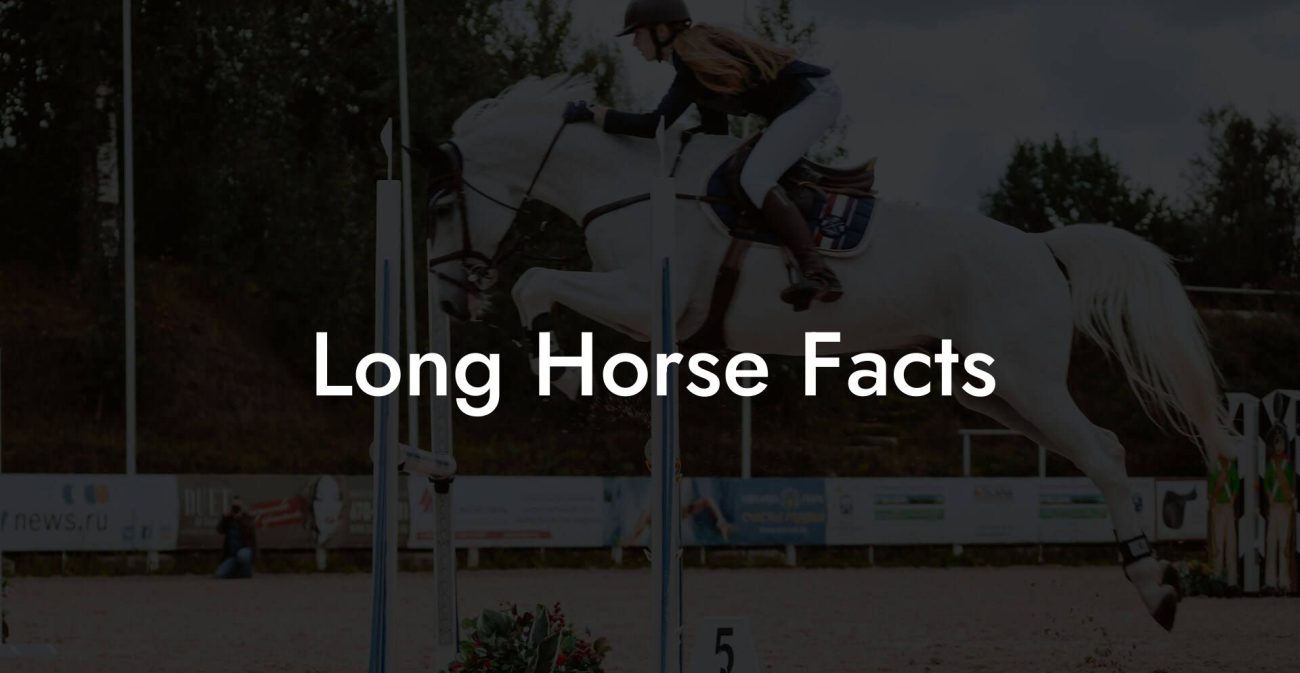Ever wondered if your horse could throw a moldy hay banquet without suffering the consequences, or if that smelly, fuzzy bale is best left untouched? In today’s deep dive, we’re tackling the burning question: "How Much Moldy Hay Can A Horse Eat?" Buckle up, fellow equine enthusiasts, because we’re about to gallop through equine nutrition, fungal foes, and smart horse care strategies that every Gen-Z and millennial rider should know. Whether you’re a seasoned horse owner or just starting your journey into the world of equine care, we’re dishing out a thorough look at moldy hay safety, holistic equine health, and a whole lot more.
Quick Links to Useful Sections
- Decoding Moldy Hay: What’s the Big Deal?
- The Science Behind Mold and Mycotoxins in Hay
- How Horses Process Moldy Hay: The Equine Digestive System in Action
- Factors Influencing Mold Toxicity in Horses
- How to Identify Moldy Hay: Visual and Sensory Cues
- How Much Moldy Hay Is Too Much? Realities and Myth-Busting
- Practical Steps for Managing Hay Quality on Your Farm
- What to Do If Your Horse Eats Moldy Hay
- Exploring Alternative Forages: Safer Options to Consider
- The Role of Regular Veterinary Checkups in Equine Nutrition
- Navigating the Maze of Equine Nutrition: Tips and Tricks
- Resources and Community Support: Your Next Steps
- Holistic Approaches to Equine Health Beyond Mold Management
- Innovative Technologies in Hay Quality Control
- Case Studies: Real-World Lessons in Hay Management
- Case Study 1: The Farm That Turned Around Its Feed Quality
- Case Study 2: A Sudden Outbreak and a Swift Response
- Case Study 3: Tech-Savvy Solutions in Modern Barns
- Building a Long-Term Strategy for Equine Health and Feed Safety
- Integrative Approaches to Equine Wellness: More Than Just Feed Safety
- Integrative and Comprehensive FAQs About Moldy Hay and Equine Care
- Your Path Forward: Building a Safer, Healthier Equine Future
Decoding Moldy Hay: What’s the Big Deal?
Moldy hay is more than just a visual eyesore or a funky smell, it can be a serious hazard for your horse’s health. When hay gets damp or isn’t stored correctly, fungi can flourish, producing mycotoxins, which are dangerous chemicals that can wreak havoc on your horse’s insides. But before you panic and toss out your entire hay stash, let’s break down what happens when mold makes its way into the feed.
Mold growth in hay is common in areas with high humidity, poor ventilation, or improper storage conditions. Not all molds are equally dangerous, and the amount of mold your horse can tolerate depends on several factors including the type of mold, the level of mycotoxins present, and your horse’s individual health status. In essence, while a little mold might not spell disaster, excessive consumption can lead to digestive upset, respiratory issues, and even systemic illnesses.
Understanding the underlying science of mold development and mycotoxin production is key to mitigating the risks. Knowledge is power, especially when it comes to keeping your four-legged friend safe and healthy.
The Science Behind Mold and Mycotoxins in Hay
At the microscopic level, molds are fungi that thrive in moist, warm environments. When hay isn’t dried or stored properly, these opportunistic pathogens seize the chance to multiply. The culprits here are mycotoxins: toxic secondary metabolites that have the potential to cause harm if ingested in significant amounts.
Some of the most common mycotoxins found in hay include aflatoxins, ochratoxins, and zearalenone. Each of these mycotoxins attacks the body in different ways, some may affect the liver and kidneys, while others have estrogenic effects, impacting reproductive health.
It’s important to note that not all molds produce mycotoxins, and the quantity of toxins in a bale of hay can vary widely. Factors that influence this include the mold species, environmental conditions, and the age of the hay. However, because mycotoxins are heat-stable and not easily destroyed by routine handling or even some drying methods, prevention remains the best strategy.
How Horses Process Moldy Hay: The Equine Digestive System in Action
Horses have a unique digestive system, finely tuned over millennia to extract nutrients from fibrous plant material. Their large cecum and colon are home to a myriad of beneficial bacteria that break down cellulose, turning roughage into much-needed energy.
But what happens when moldy hay enters the picture? The potential risks stem from the mycotoxins that may be present. When ingested, these toxins can upset the delicate balance of beneficial microbes in the gut, potentially leading to colic, diarrhea, or a sluggish digestive system. Some horses may exhibit subtle symptoms such as reduced appetite, lethargy, or even mild behavioral changes. In severe cases, extensive exposure to mycotoxins can lead to more serious conditions, including liver damage or compromised immune function.
The equine digestive tract is remarkably resilient, yet it isn’t invincible. The amount and frequency of mold ingestion play critical roles in determining the level of risk. Therefore, knowing how to spot the signs of contaminated hay and acting quickly is essential for every horse caregiver.
Factors Influencing Mold Toxicity in Horses
Several factors determine how severely a horse might be impacted by moldy hay consumption:
- The Type of Mold: Not all molds are created equal. Some species produce dangerous mycotoxins, whereas others might be relatively harmless.
- The Concentration of Mycotoxins: The level of toxicity depends on how much toxin is present in a given batch of hay. Even small amounts of highly potent toxins can be dangerous.
- Exposure Frequency: A one-time nibble on moldy hay might not hurt a healthy horse, but regular consumption increases the risk of adverse effects.
- Individual Health and Immune Status: Horses with pre-existing conditions, a compromised immune system, or those under stress are more susceptible to the toxins.
- Environmental Conditions: Humidity, temperature, and storage methods all contribute to the likelihood of mold development.
Each of these factors interacts, meaning that a horse in optimal health might tolerate a slightly higher threshold of mold compared to one already battling health issues. The bottom line? Prevention and proper management are the best defenses.
How to Identify Moldy Hay: Visual and Sensory Cues
One of the simplest ways to protect your horse is to inspect hay before feeding. Here are some key indicators that your hay may be compromised by mold:
- Color and Texture: Healthy hay typically has a uniform color, usually various shades of golden brown. Moldy hay may display dark or greenish spots, and the texture might feel clumpy or overly damp.
- Odor: While hay naturally has an earthy smell, a sour or musty odor can be a red flag for mold contamination.
- Dust and Particulates: An unusual amount of dust or fine particulates can indicate that the hay has been exposed to moisture and might be on the verge of mold growth.
- Temperature: If you notice a bale that feels unusually warm to the touch, it could be a sign of microbial activity, including mold proliferation.
Regularly inspecting your hay bales not only saves you a potentially painful vet visit but also helps keep your horse’s diet as fresh and safe as possible. Trust your senses, a little extra due diligence goes a long way in equine care.
How Much Moldy Hay Is Too Much? Realities and Myth-Busting
The burning question remains: just how much moldy hay can a horse eat before it becomes a health hazard? The honest answer is complex. There isn’t a fixed "safe" threshold because it hinges on the variables we discussed earlier, the type of mold, concentration of mycotoxins, and the individual horse’s resilience.
Research suggests that even low levels of mycotoxins, if ingested frequently, can accumulate in the body over time and lead to chronic health issues. In controlled studies, horses exposed to contaminated feed in small quantities over long periods exhibited subtle changes in liver enzyme levels and digestive efficiency. In other words, occasional accidental exposure might not spell disaster for a robust, healthy horse, but routine exposure is definitely a recipe for problems.
It’s also important to consider that not all molds produce mycotoxins at harmful levels. However, because you can’t always determine the toxicity level by smell or sight alone, erring on the side of caution is wise. If you suspect the hay your horse is eating is even slightly moldy, consider it an early warning sign to take immediate corrective action.
Practical Steps for Managing Hay Quality on Your Farm
Preventing moldy hay begins with effective storage and handling practices. Here are some practical tips to maintain hay quality:
- Store in a Dry, Ventilated Area: Ensure that your hay bales are kept in a well-ventilated, dry location free from moisture. Consider using a shed or a barn with proper airflow.
- Regular Inspections: Check your hay bales periodically for signs of mold or moisture damage. Early detection can prevent a minor issue from becoming a major one.
- Use Bale Covers: Protect hay from unpredictable weather conditions with durable bale covers, especially if stored outdoors.
- Mind the Season: Humidity peaks during certain months. Plan your hay storage and feeding schedules accordingly to minimize risk.
- Maintain Cleanliness: Keep your storage areas clean and free from excess organic debris that can harbor moisture and mold spores.
By implementing these proactive steps, you not only safeguard the nutritional integrity of your hay but also provide your horse with the healthiest feed possible. It’s all about prevention and staying one step ahead of potential issues.
What to Do If Your Horse Eats Moldy Hay
Accidents happen, even the best-maintained stables might occasionally have a bale with moldy spots. If you suspect your horse has ingested questionable hay, here’s a game plan:
- Monitor Closely: Watch for any signs of distress, such as decreased appetite, colic, or unusual lethargy. A quick response can make all the difference.
- Consult a Veterinarian: When in doubt, call your vet. They can offer professional advice, run necessary tests, and potentially administer treatments to counteract the effects of mycotoxins.
- Switch Feed Immediately: Replace the suspect hay with a fresh, high-quality alternative to ensure your horse’s digestive system is not further burdened.
- Hydration: Encourage your horse to drink plenty of water. Hydration can help flush toxins out of the system and support overall health.
- Document and Reassess: Keeping a record of feed quality and any subsequent reactions can be invaluable for future feed management and for informing your veterinarian about potential chronic issues.
Acting swiftly and decisively not only minimizes potential harm but also reinforces good management practices that will keep your horse safe in the long run.
Exploring Alternative Forages: Safer Options to Consider
When mold issues arise, it might be time to explore alternative forages to give your horse a break from questionable hay. A few safe and nutritious substitutes include:
- Cereal Grains: While not a complete replacement for hay, grains like oats can provide extra energy during times when hay quality is in doubt. Just be careful with portion sizes.
- Grass Hays: Opt for hay that has been properly cured and stored. Grass hays, like Timothy or Bermuda, are typically less prone to mold if managed well.
- Silage: In some cases, high-quality silage can be a viable alternative. However, since silage fermentation requires careful monitoring, it should only be used if you're experienced in its management.
- Pelleted Feeds: Commercially available pelleted feeds are formulated to provide balanced nutrition and can serve as a temporary substitute while you address hay quality issues.
Remember, any changes to your horse’s diet should be introduced gradually to prevent digestive upset. Tailor your choices to your horse’s specific nutritional requirements and always consult with an equine nutrition expert when in doubt.
The Role of Regular Veterinary Checkups in Equine Nutrition
Even the most diligent horse owner can miss the subtle signs of nutritional stress or toxin exposure. Regular veterinary checkups are the unsung heroes of equine care and can help identify issues before they escalate. A vet can:
- Monitor blood work for markers of mycotoxin exposure.
- Assess liver and kidney function to ensure the horse’s detoxification systems are running smoothly.
- Offer dietary recommendations tailored to your horse’s specific needs and potential vulnerabilities.
- Provide critical guidance during times of dietary transitions or when switching feed sources.
Proactive veterinary involvement is essential, especially when navigating the murky waters of mold exposure. It’s one of the best ways to ensure your horse’s long-term resiliency and health.
Navigating the Maze of Equine Nutrition: Tips and Tricks
Keeping your horse’s diet optimal involves more than just avoiding mold. Here are some best practices to maintain peak equine nutrition:
- Balanced Diet: Supplement hay with the appropriate mix of concentrates, vitamins, and minerals to cover all nutritional bases.
- Consistent Feeding Schedule: Horses thrive on routine. Regular feeding times stabilize digestive activity and prevent metabolic disorders.
- Monitor Body Condition: Keep an eye on your horse’s weight and overall condition. Fluctuations can signal that dietary changes, or moldy hay, might be affecting their health.
- Quality Over Quantity: Choose well-sourced, high-quality feed over larger quantities of suspect forage. This approach ensures that every bite counts toward building a robust, healthy system.
Incorporating these strategies into your daily routine is a surefire way to boost your horse’s vitality while reducing the risks associated with environmental contaminants, such as mold.
Resources and Community Support: Your Next Steps
When it comes to equine nutrition and managing issues like moldy hay, you’re never alone. A thriving community of horse owners, equine nutritionists, and veterinarians offers a wealth of resources to help you make informed choices. Here’s how to tap into that network:
- Online Forums and Social Media Groups: Join platforms like TheHorseForum, Reddit’s r/equine, and various Facebook groups dedicated to horse care. These communities are vibrant with stories, advice, and shared experiences that can lend insight into managing moldy hay and overall equine care.
- Equine Nutrition Workshops: Look out for webinars, local workshops, and seminars hosted by equine nutrition experts. Whether you’re a newbie or a seasoned rider, these educational opportunities can update your knowledge on best practices.
- Veterinary Partnerships: Build a strong relationship with your local veterinarian. Their guidance can be a lifeline when you’re facing decisions about your horse’s diet and overall health.
- Trusted Publications: Subscribe to reputable equine magazines, blogs, and newsletters that offer scientifically-driven, practical advice on topics like hay storage, nutritional balance, and mold prevention.
- Local Equine Associations: Many regions have clubs and associations dedicated to horse care and management. Participate in local events where you can exchange insights and get firsthand recommendations on maintaining high feed standards.
Reaching out to the broader equine community not only enriches your knowledge but also provides a support network when challenges arise. Consider it a crucial element of your overall strategy to keep your horse thriving, healthy horses make for happy riders.
Holistic Approaches to Equine Health Beyond Mold Management
While moldy hay is a significant concern, equine health encompasses much more than just feed safety. Holistic management includes proper exercise, stress reduction techniques, and vigilant attention to your horse’s emotional well-being. Many modern equine caretakers are integrating mindfulness practices, natural remedies, and even alternative therapies into their routine regimens.
For example, many owners use slow, deliberate grooming routines as an opportunity to bond with their horses, promoting a sense of calm and trust that can have beneficial ripple effects on overall health. Additionally, ensuring a balanced mix of pasture time and structured exercise not only fosters physical strength but also plays a critical role in reducing stress, which can otherwise exacerbate digestive issues and immune responses.
By taking a comprehensive, holistic approach to horse care, you create an environment where every aspect of your equine companion’s well-being is nurtured, from nutritional intake to mental and emotional balance. It’s a reminder that good horse care is an art as much as it is a science.
Innovative Technologies in Hay Quality Control
The modern equine caretaker now has a suite of technological tools at their disposal. Advances in storage technology and quality monitoring systems allow for early detection of moisture and potential mold development in hay. Sensors that monitor humidity levels and temperature in storage facilities provide real-time data, enabling you to take preventative measures before a problem fully develops.
Similarly, new diagnostic tools, such as on-site mycotoxin testing kits, empower horse owners to quickly assess hay safety. These advancements are especially useful for those managing multiple stables or large-scale feeding operations, ensuring that every bale meets the highest standards of quality before it reaches your horse’s trough.
Embracing these innovations not only maximizes the longevity and nutritional value of your hay but also reinforces your commitment to proactive equine care. In a world where technology is rapidly advancing, why not harness it to safeguard the health of your four-legged companion?
Case Studies: Real-World Lessons in Hay Management
Nothing drives home the importance of proper hay management like real-world examples. Let’s take a look at a few case studies that illustrate the challenges and triumphs of managing mold in hay:
Case Study 1: The Farm That Turned Around Its Feed Quality
At a mid-sized equine facility in the Midwest, persistent issues with moldy hay had led to recurring digestive upset and decreased performance in several horses. After consulting with agricultural engineers and equine nutritionists, the farm implemented a series of changes: advanced storage techniques with humidity control, routine hay testing, and more frequent inspections. Within one season, the number of mold incidents dropped dramatically, and the overall health and energy levels of the horses improved noticeably.
Case Study 2: A Sudden Outbreak and a Swift Response
A large stable in the Southwest experienced a sudden spike in respiratory issues among its horses during a particularly humid month. An investigation revealed that a batch of hay stored in a poorly ventilated barn was the culprit. The owners immediately removed the affected hay, switched to a trusted supplier, and introduced portable dehumidifiers to stabilize storage conditions. With these measures in place, the horses recovered, and the owners learned a valuable lesson in proactive feed management.
Case Study 3: Tech-Savvy Solutions in Modern Barns
In a high-tech barn in California, the integration of smart sensors and on-site mycotoxin testing kits revolutionized hay storage. The real-time data allowed the management team to intervene at the first sign of trouble, often before any visible mold developed. This approach not only saved money on wasted feed but also kept the horses in prime health throughout the year.
These case studies highlight that whether you’re dealing with an established operation or a small backyard stable, vigilance, quick action, and a willingness to adopt new technologies are paramount to preventing mold-related issues.
Building a Long-Term Strategy for Equine Health and Feed Safety
Ultimately, the challenge of managing moldy hay is part of a broader commitment to ensuring the overall well-being of your horse. A long-term strategy should incorporate:
- Routine Monitoring: Keep an eye on your hay and your horse’s health through regular inspections and veterinary checkups.
- Continuous Education: Stay informed about the latest developments in equine nutrition, storage technology, and mold prevention through courses, webinars, and community groups.
- Integrated Management: Combine modern technology with traditional care practices to create a balanced feeding and care regimen.
- Emergency Preparedness: Have a plan in place for when mold issues arise, including ready access to alternative forages and rapid response strategies.
By creating a solid, long-term plan, you ensure that your horse not only avoids the pitfalls of moldy hay but also thrives under a well-rounded, holistic care program. This proactive approach is the hallmark of modern equine care, blending cutting-edge technology with practical, down-to-earth management strategies.
Integrative Approaches to Equine Wellness: More Than Just Feed Safety
While moldy hay is a critical area of concern, it’s only one piece of the wellness puzzle. Equine care is an integrative practice that involves attention to nutrition, regular exercise, mental stimulation, and social interaction. Incorporating a variety of activities, from trail riding to interactive play, helps boost your horse’s mood and overall health.
Moreover, many modern caretakers integrate stress reduction techniques not only for themselves but also for their horses. Music therapy, mood-enhancing environments, and even aromatherapy are being explored as ways to reduce anxiety and promote a calm, healthy barn atmosphere.
Embracing a holistic approach means acknowledging that a healthy horse is more than just the sum of its dietary intake, it’s also about mental well-being, physical activity, and building a nurturing environment. A happy, well-cared-for horse is less likely to suffer the adverse effects of minor nutritional missteps, including occasional mold exposure.
Integrative and Comprehensive FAQs About Moldy Hay and Equine Care
Below are some frequently asked questions addressing common concerns about moldy hay consumption and overall equine health:
1. Can a horse safely eat a small amount of moldy hay?
In most cases, a small, accidental ingestion of moldy hay may not cause severe harm in a healthy horse. However, repeated or significant exposure to mycotoxins can lead to digestive upset, respiratory issues, or other health problems.
2. How can I tell if hay is moldy before feeding it to my horse?
Look for visual signs such as dark, greenish spots, an unusual texture, a damp or clumpy consistency, and a sour, musty odor. Regular inspections and proper storage can help mitigate the risk.
3. What are mycotoxins, and why are they dangerous?
Mycotoxins are toxic compounds produced by certain molds. They can affect vital organs like the liver and kidneys, and in some cases, disrupt hormonal balance. Even low levels, when ingested frequently, may accumulate in your horse’s system.
4. Are there any tests available to detect mycotoxins in hay?
Yes, there are on-site testing kits and laboratory tests that can measure the concentration of mycotoxins in hay. These tools are especially useful for larger operations or for owners who want to be proactive about feed quality.
5. What should I do if I suspect my horse has ingested moldy hay?
Monitor your horse for any signs of distress, such as colic, lethargy, or changes in behavior. Consult your veterinarian immediately for advice and consider switching to a trusted, high-quality feed.
6. How important is proper hay storage in preventing mold?
Proper storage is critical. Keeping hay in a dry, well-ventilated area significantly reduces the risk of mold growth and helps maintain its nutritional integrity.
7. Can moldy hay affect my horse’s performance and behavior?
Absolutely. Regular consumption of moldy hay can lead to subtle changes in behavior, reduced performance, and overall poor health, which can in turn affect training and daily activities.
8. Are there any natural remedies to counteract the effects of mold ingestion?
Some natural supplements and dietary adjustments can support liver and kidney health, but these should only be used under veterinary guidance. Prevention is always the best approach.
9. Is it ever acceptable to feed hay that has a slight musty smell?
A slight musty odor might not be immediately harmful, but if the hay shows other signs of mold, it’s best to err on the side of caution and opt for fresher feed.
10. How often should I inspect my hay storage areas?
Regular inspections, preferably weekly, can help catch early signs of moisture or mold development. During wet or humid seasons, increase the frequency of your checks.
Your Path Forward: Building a Safer, Healthier Equine Future
The journey to optimal equine care is paved with knowledge, vigilance, and a proactive attitude toward feed management. By understanding the risks associated with moldy hay and learning how to detect, prevent, and address these issues, you’re taking a massive step in ensuring that your horse thrives.
Whether you’re adopting high-tech storage solutions, joining online communities for the latest tips, or simply making the small daily choices that add up to a healthier diet, every effort counts. Remember: the goal is not perfection but progress. By integrating sound management practices, regular veterinary checkups, and a keen eye for quality, you build a foundation of trust and care that benefits both you and your equine partner.
Embrace the challenge of maintaining the highest standards for your horse’s nutrition and overall health. Every satisfied neigh and happy gallop is a testament to your commitment and expertise as a modern, effective horse caregiver. Your journey to a mold-free, nutritionally balanced, and thriving equine environment starts today, step forward with confidence and passion.
So, next time you’re scanning those bales for signs of mold, remember that a well-informed rider is a successful rider. With the right strategies in place, you can keep your horse not only safe from the hazards of moldy hay but also in peak condition for every adventure ahead.


